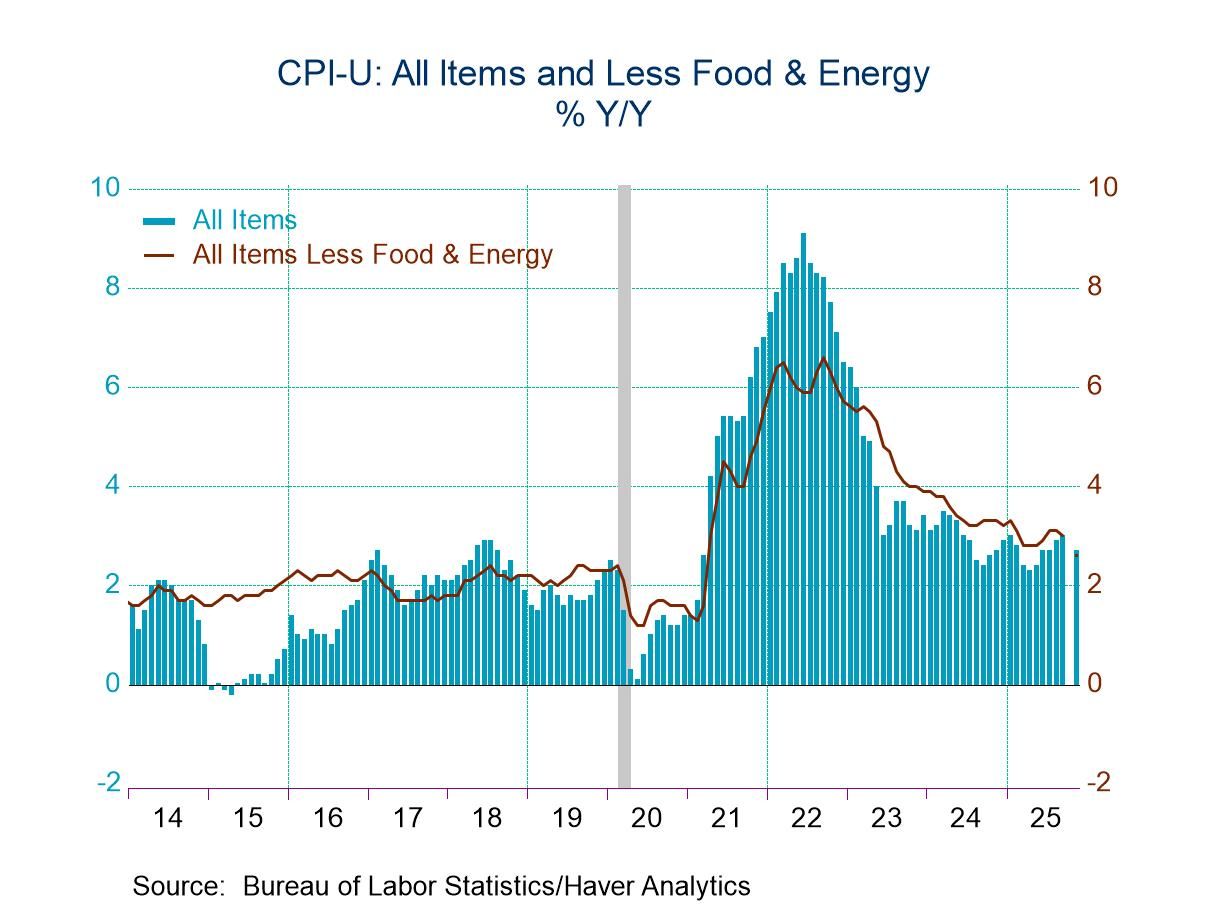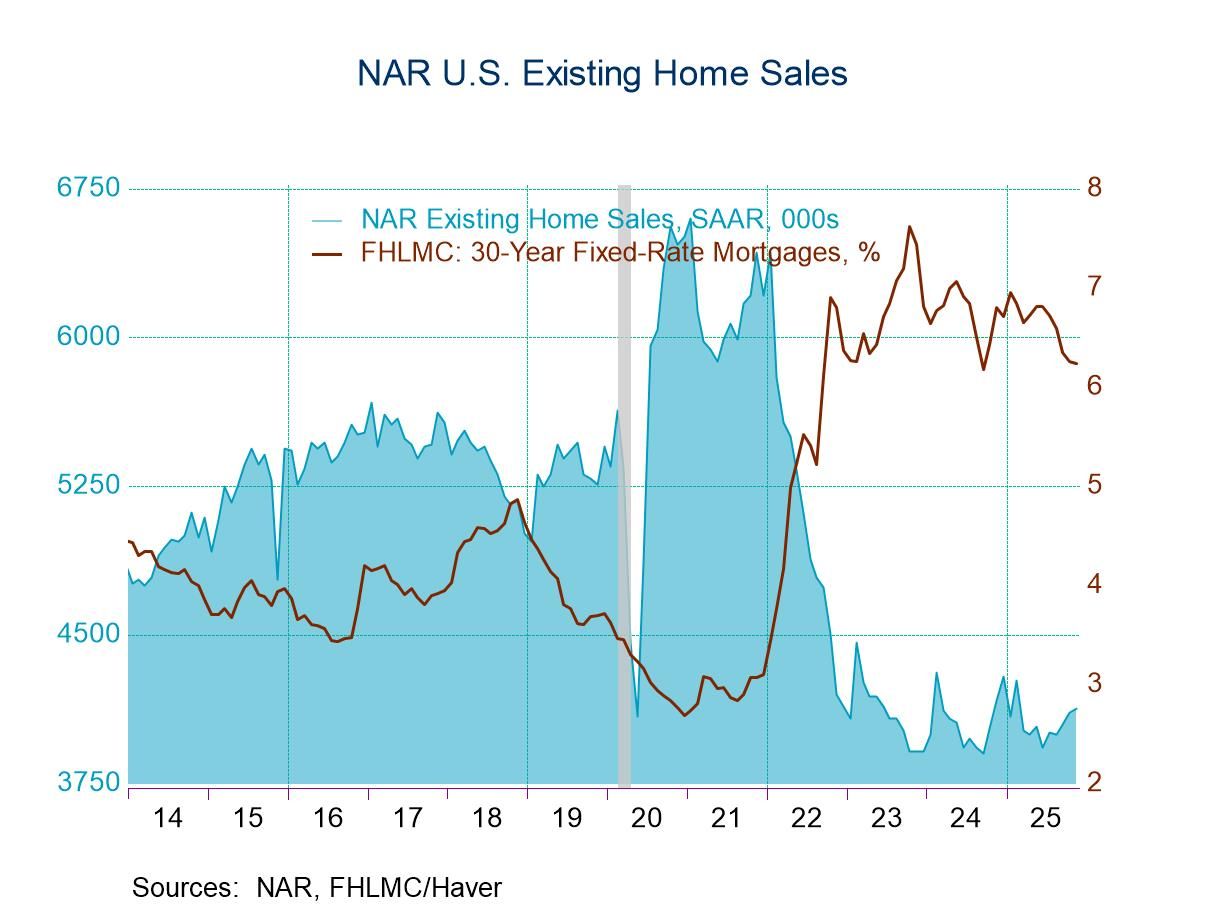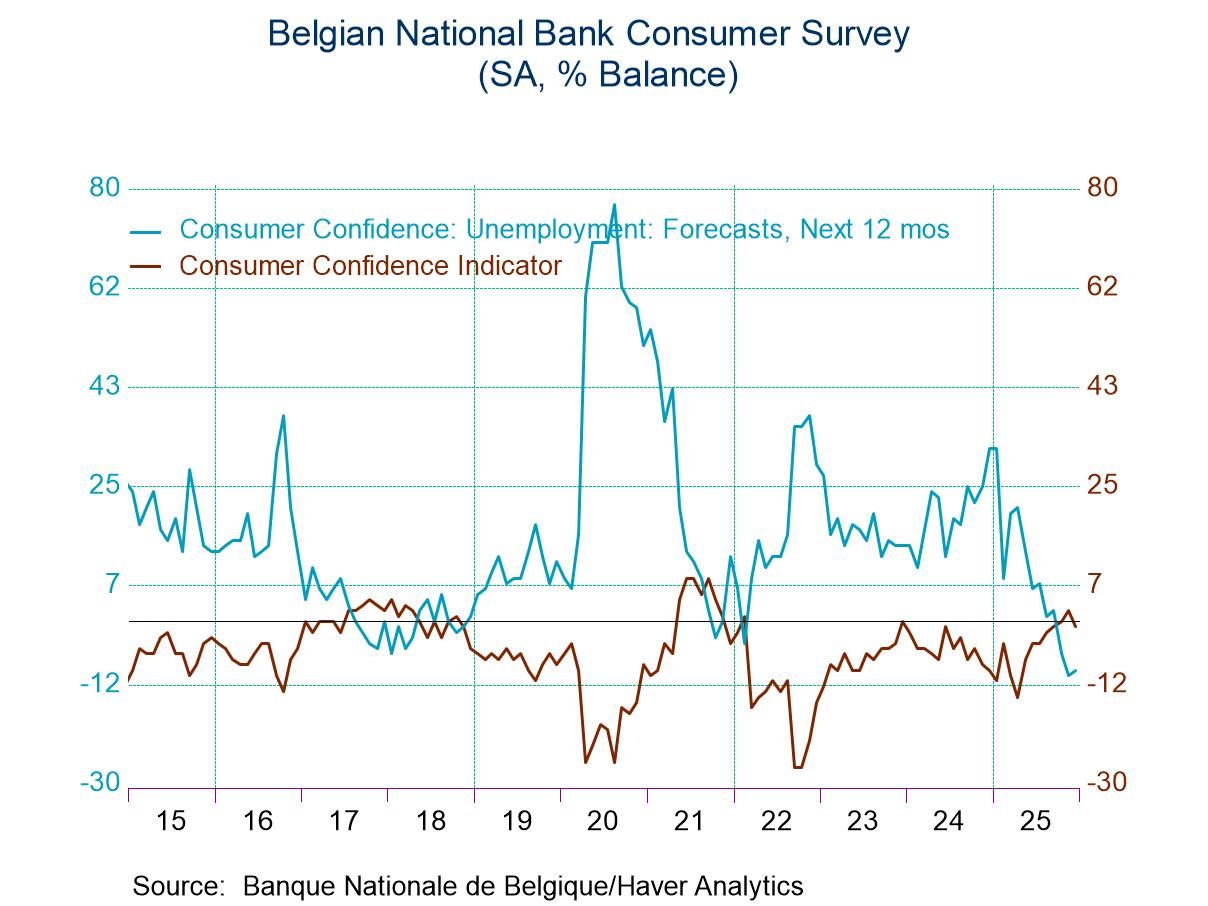 Global| Dec 19 2013
Global| Dec 19 2013U.S. Initial Claims for Unemployment Insurance Surge With Seasonal Quirks
by:Tom Moeller
|in:Economy in Brief
Summary
Initial claims for unemployment insurance increased to 379,000 last week (3.6% y/y) following 369,000 claims during the week ended December 7, revised from 368,000. The rise contrasts with consensus expectations for a decline to [...]
Initial claims for unemployment insurance increased to 379,000 last week (3.6% y/y) following 369,000 claims during the week ended December 7, revised from 368,000. The rise contrasts with consensus expectations for a decline to 340,000 claims according to the Action Economics survey. The four week moving average of claims rose to 343,500. Seasonal adjustment difficulty during a holiday period often generates a high degree of weekly volatility.
Last week's claims number covers the survey period for December nonfarm payrolls and claims rose 53,000 (16.3%) from the November period. During the last ten years there has been a 75% correlation between the level of claims and the m/m change in nonfarm payrolls.
Continuing claims for unemployment insurance in the week ended December 7 jumped to 2.884 million (-10.6% y/y). The four-week moving average of continuing claims gained slightly to 2.799 million. The insured rate of unemployment notched up to 2.2% after three weeks at 2.1%. This particular count covers only "regular" programs and does not include all extended benefit and other specialized jobless insurance programs. In the week of November 30, the latest available, the total of all benefit recipients increased to 4.412 million (-18.3% y/y). This broader measure is not seasonally adjusted. It compares to a cycle peak of 12.060 million in January 2010 and pre-recession figures that averaged 2.596 million in 2007. The number of individuals collecting emergency and extended payments in the week of November 30 rose to 1.374 million (-34.5% y/y).
By state, the insured rate of unemployment continued to vary greatly with Virginia (1.23), Oklahoma (1.30%), Tennessee (1.36%), Florida (1.41%), Texas (1.62%), Ohio (1.72%) and Vermont (2.16%) at the low end of the range. At the high end were Massachusetts (2.41%), Illinois (2.73%), Connecticut (3.07%), Pennsylvania (3.11%), California (3.41) and New Jersey (3.50%). These data are not seasonally adjusted.
Data on weekly unemployment insurance are contained in Haver's WEEKLY database and they are summarized monthly in USECON. Data for individual states are in REGIONW. The consensus estimates come from the Action Economics survey, carried in the AS1REPNA database.
| Unemployment Insurance (000s) | 12/14/13 | 12/07/13 | 11/30/13 | Y/Y % | 2012 | 2011 | 2010 |
|---|---|---|---|---|---|---|---|
| Initial Claims | 379 | 369 | 305 | 3.6 | 375 | 409 | 459 |
| Continuing Claims | -- | 2,884 | 2,790 | -10.6 | 3,319 | 3,742 | 4,531 |
| Insured Unemployment Rate (%) | -- | 2.2 | 2.1 | 2.5 (12/12) |
2.6 | 3.0 | 3.6 |
| Total "All Programs" (NSA) | -- | -- | 4.412 mil. | -18.3 | 6.049 mil. | 7.724 mil. | 9.825 mil. |
Tom Moeller
AuthorMore in Author Profile »Prior to joining Haver Analytics in 2000, Mr. Moeller worked as the Economist at Chancellor Capital Management from 1985 to 1999. There, he developed comprehensive economic forecasts and interpreted economic data for equity and fixed income portfolio managers. Also at Chancellor, Mr. Moeller worked as an equity analyst and was responsible for researching and rating companies in the economically sensitive automobile and housing industries for investment in Chancellor’s equity portfolio. Prior to joining Chancellor, Mr. Moeller was an Economist at Citibank from 1979 to 1984. He also analyzed pricing behavior in the metals industry for the Council on Wage and Price Stability in Washington, D.C. In 1999, Mr. Moeller received the award for most accurate forecast from the Forecasters' Club of New York. From 1990 to 1992 he was President of the New York Association for Business Economists. Mr. Moeller earned an M.B.A. in Finance from Fordham University, where he graduated in 1987. He holds a Bachelor of Arts in Economics from George Washington University.










